Google Vehicle Ads: The Digital Master Key for the Motor Industry
Advertising via Google is constantly evolving, and new ways to showcase your brand and business offering are regularly being rolled out. The latest...
Read moreClickThrough’s Client Director Sarah Fieldhouse and FeedSpark’s CTO Matt Rogers on the introduction of free listings to Google Shopping.
The opening of Google Shopping to free listings is a great opportunity for retailers to generate incremental sales, but what do you need to know to claim your rightful share? In our recent joint webinar, “How To Max Out Free Shopping Listings (In a Way That Google Will Love)”, ClickThrough’s Client Director Sarah Fieldhouse and FeedSpark’s CTO Matt Rogers explain what’s changing, how you can meet the new, more rigorous data requirements, and what the changes tell us about the future of Google. Read more below.
You may have read in recent content that Google are launching a new marketing channel called Surfaces Across Google. This channel was effectively rushed out by Google and has already been released in the US. The aim of this channel is to help retailers with the impact that they have seen from Coronavirus.
Before we get into the nitty gritty of Surfaces Across Google, it’s worth us revisiting how Google Shopping initially kicked off. Some of you may recall Google Froogle, a shopping tab that appeared within Google search results to show product listings. Those product listings were loaded into Google using Google Merchant Center (a service that was entirely free).
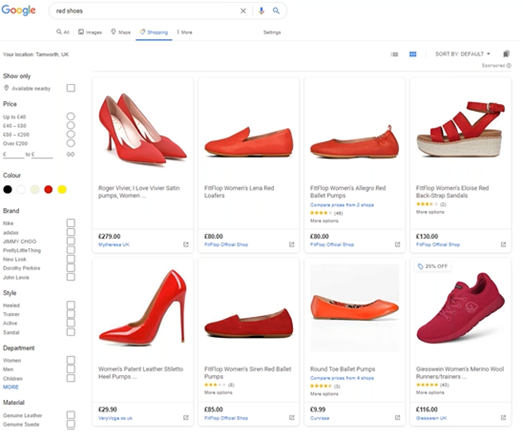
Around five years ago, Google began making those listings paid for and started showing product ads on various other locations in Google, including the main organic search. This programme, Google Shopping, became a massive revenue, traffic and conversion driver for retailers, and has now existed for around five years. For some retailers, 70-80% of revenue is now coming from their shopping channels.
When Google Shopping launched, Google faced some anti-competitive accusations. People claimed that Google was preventing other shopping comparison engines from being active, and in the process, their businesses were struggling. As a result of this, Google has been trying to find ways of alleviating this issue. As such, it has decided to make the shopping units that appear on the shopping tab organic.
At the moment, the shopping tab in the UK is still paid for. However; at some point between now and the end of the year, the sponsored tab is going to disappear and the results that you will see on the page will be organic. This means you do not need to pay for it or to be running a shopping campaign at all. All you have to do is push your product through Google Merchant Center.
In the UK, Surfaces Across Google is a Google Shopping tab, but it is also the image tab, so there will be some product images that appear here. These are already free in the UK. So, if you search for a specific product, you will find that some of the organic listings in the text results will specify product details, such as if the item is in stock and what the price point is.
The number one thing that this is going to mean for retailers is that you will start seeing traffic come through from the shopping tab that is entirely free. This is good and bad. It’s good because it’s free traffic that will drive conversions through your website, but you will be losing some data. You will no longer be seeing impression data from the tab or search term data in Google Ads.
If you currently have a site that will take traffic from the US, there is no reason why you can’t be running a feed through the Merchant Center, targeting the US for free to gain traffic.
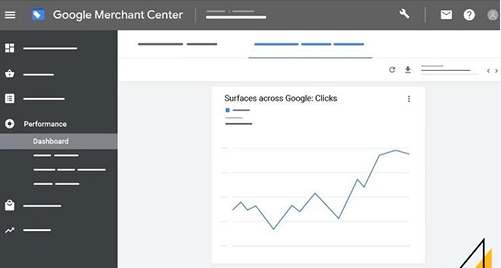
This is also going to mean a rise in competition. Now that this is free, we can expect many smaller retailers to start moving onto Merchant Center, and when that happens, Google is going to be more aggressively upselling to get those customers onto the shopping programme. This is a critical part of the approach that Google is taking – the aim is to offer something that is free so that it can drive more traffic and more retailers onto the platform, before upselling to get them live onto the shopping units. Although it’s worth remembering that even when the shopping tab becomes organic, PLA units will still be shown at the top and bottom of the page.
Because the organic listings are no longer going to have a paid element, you are going to have much more competition around the accuracy and value of the data that is being pulled through. Google is going to be much more interested in the quality of the data being sent to Google Merchant Center because there is no longer a price or bid that determines how that listing is ordered. So, your data quality is the main driver of performance.
First of all, let’s look at the sort of traffic levels you can expect to see from this. This is very early data based on only a couple of weeks of the programme being live in the US:
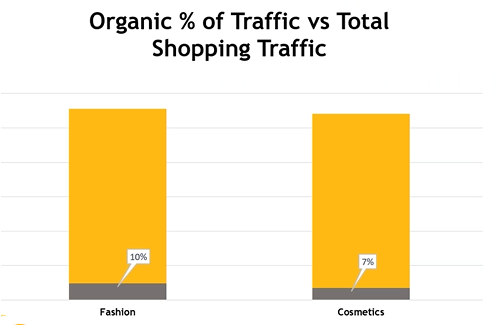
This is data for two clients in different categories in the US who are on Surfaces Across Google – fashion and cosmetics. We are seeing that around 10% of their Google Ads traffic is now free. So, if you have an Google Ads shopping campaign running in the US driving 5000 clicks a day, you can expect to be getting 500 free clicks a day when you set up your Surfaces Across Google programme.
Now that there is no bid element associated with the ranking for products on the shopping tab, how do we ensure we have good quality data? This is our recommended checklist:
Google is making a number of changes and adjustments to the data that we’re supplying in the product field. They are asking for new information, and they’re doing this because they are trying to make their shopping listings a much richer experience for the customer. This data is also being used to help Google figure out how to merge product records together.
These new data fields are live on Google already and retailers will be supplying this information:
So, to sum up, there is free shopping traffic available and you need to make sure you’re in the right place to snap it up. Ensuring effective optimisation of the different attributes in your feed will result in traffic and revenue growth.
Are you looking to review your existing Google Shopping listings? Do you want to find out how better feed management can improve your reach and sales? Book in a conversation with our experts today to find out more.
More articles you might be interested in:
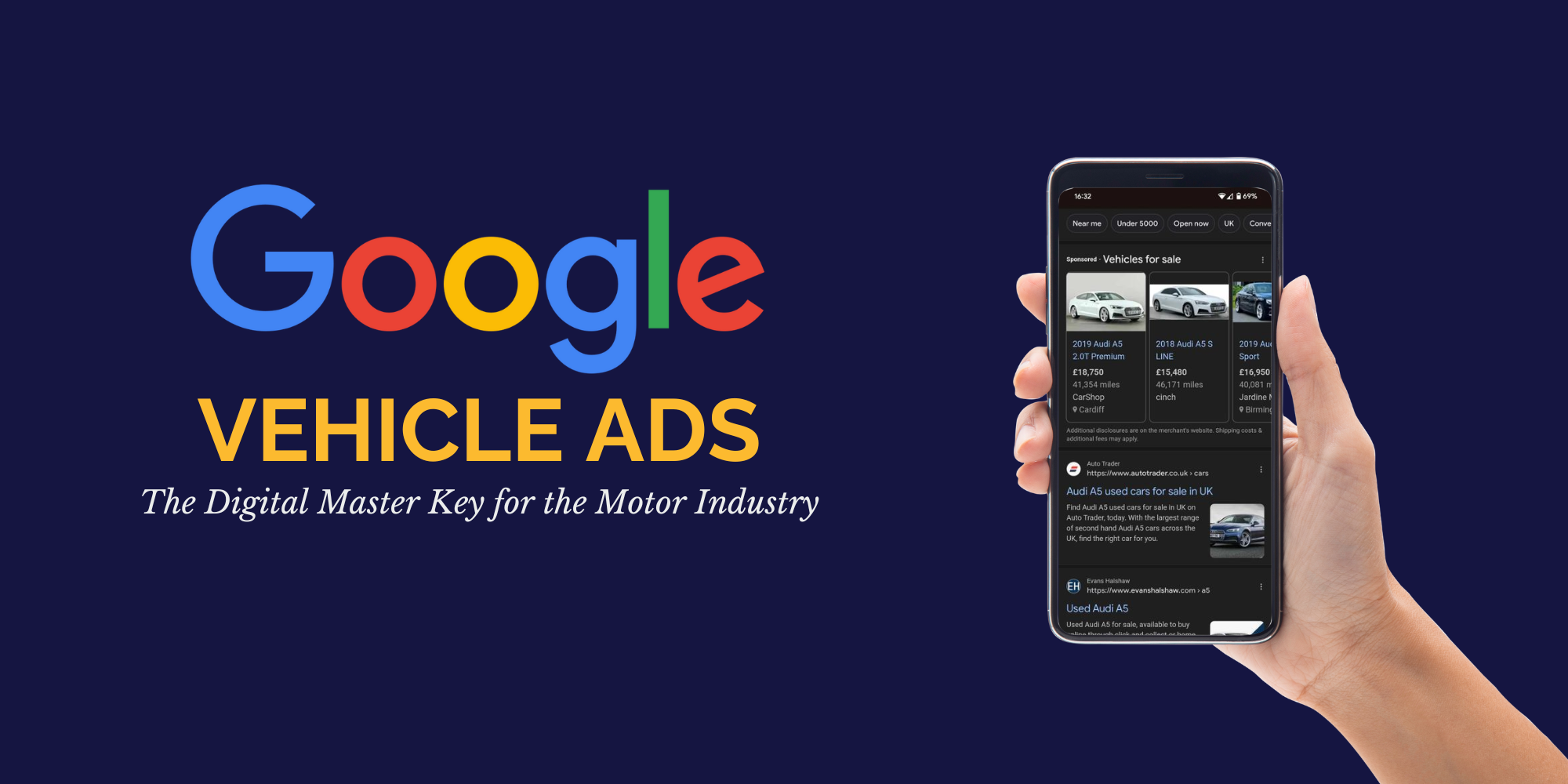
Advertising via Google is constantly evolving, and new ways to showcase your brand and business offering are regularly being rolled out. The latest...
Read more
The UK market has been waiting with bated breath for Google’s Vehicle Ads release – so where is the update? Learn more.
Read more
Performance Max is one of the easiest ways to tackle the full Google network, but are you maximising results? Dr. Dave Chaffey explores. Read more.
Read more
Welcome to the latest round-up of all things digital. This is where we look at the latest updates in the world of PPC, SEO, Content and International...
Read more
Creating conversion-optimised PPC campaigns start at strategy planning. Do you know how you can maximise the return on your ad investment? Dave...
Read more
We're heading into a new financial year - do you know how PPC can help grow your conversions? Find out how developments from Google and Bing will...
Read more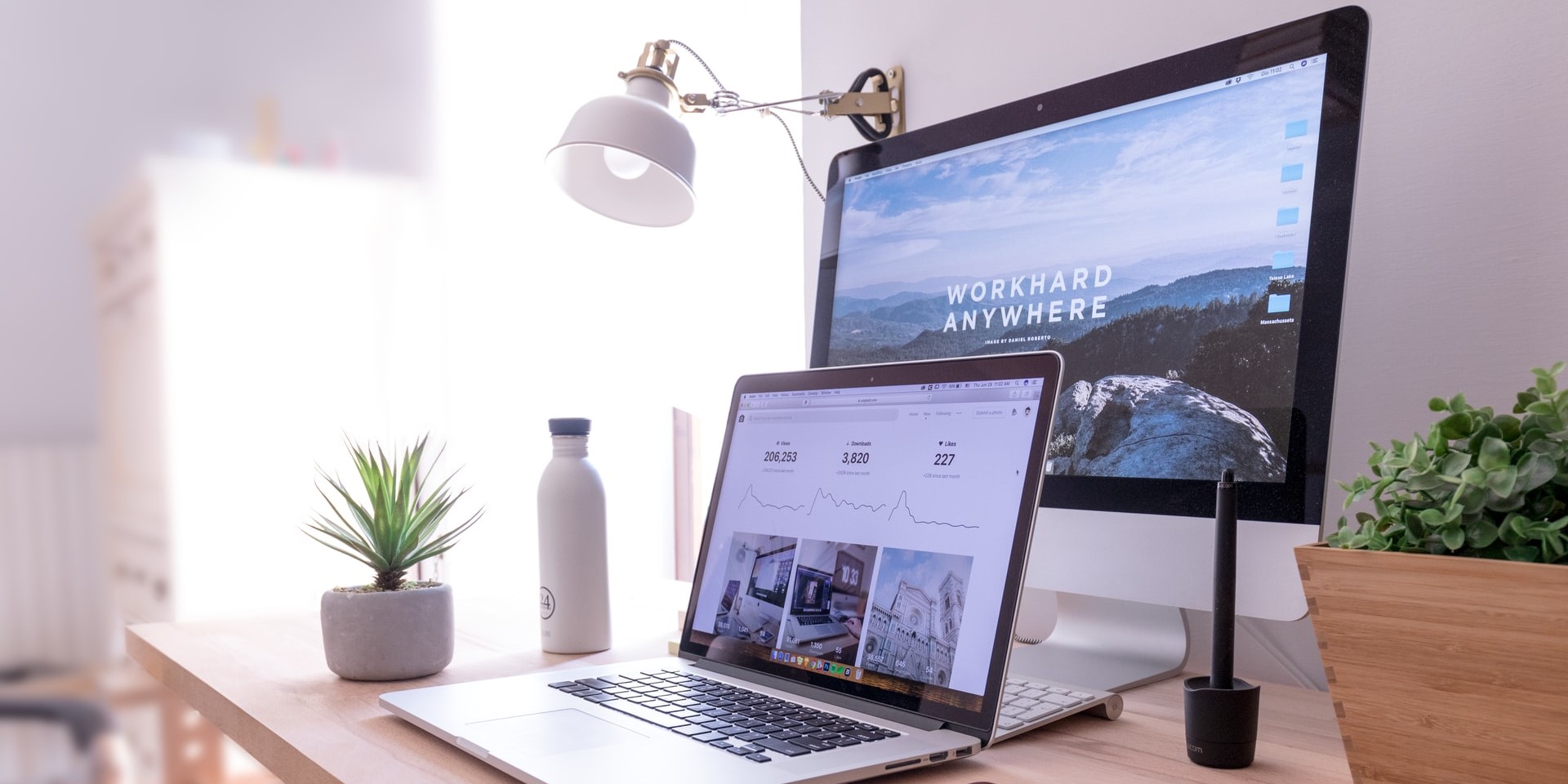
What are the benefits of Google's new Performance Max campaign type? Head of DPM, Sarah Clarke, tells us how you can use it to automate your...
Read more
It may have seemed like just your average PPC role at first, but what Alex Copping didn't realise is that he was about to learn a whole lot about...
Read more